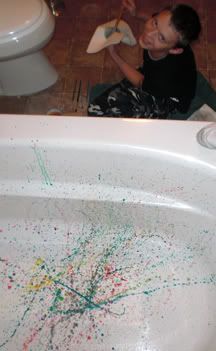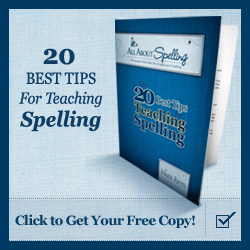While we are making great headway with the Reading Horizons and All About Spelling programs, his mind sometimes reverts the words on a page back to the spinning vortex that is dyslexia and he gets frustrated. It is usually when he is tired or has been working a long time, so that's usually a sign to take a very long break.
 When this happens, we can start working on art or LEGO construction or something creative like that. Science projects are very good or something else that is hands on, like cooking or maybe even some of the more fun household chores (the dogs still need to be walked).
When this happens, we can start working on art or LEGO construction or something creative like that. Science projects are very good or something else that is hands on, like cooking or maybe even some of the more fun household chores (the dogs still need to be walked).The point is, allowing his creativity to flourish always helps him calm down when he is getting frustrated with his reading or writing. I always try to make a point to tell him that most people with dyslexia are very creative and, while it can be frustrating at times, there is an upside to it. Of course, I have a few names of some very famous people who are dyslexic that I rattle off, but he knows them all now.
However, I was recently introduced to a longer list of very successful dyslexic people that impressed Nick enough to make him feel proud of himself. There were a few on the list that I knew, like Tom Cruise and Whoopi Goldberg, but there were several more that I didn't know about.
I can't say the names on the list surprised me much because they are all extraordinarily talented and creative people. I would expect no less. After reading The Gift of Dyslexia
Basically, a dyslexic person's brain wants to shape, mold, rotate, move and create before physically doing so with the hands. For an architect, artist or engineer this is an indispensable talent. Being able to see the blueprints in your head makes it a lot easier to work out the details and/or kinks before you begin to build. However, when you need to read and need the words and letters to stay in one location, the brain's desire to rotate, mold or move them makes it really hard to see what is actually on the page.
So when the words are moving around and Nick is getting a headache and getting frustrated, we create. I let him draw or build or do something with his hands so his mind calms down. But I also like to let him know it's OK. That despite the frustration he feels with reading, there are upsides to dyslexia. And having a list of famously successful dyslexics to point to and say, "They are doing more than OK because of their dyslexia," doesn't hurt at all.


No comments:
Post a Comment